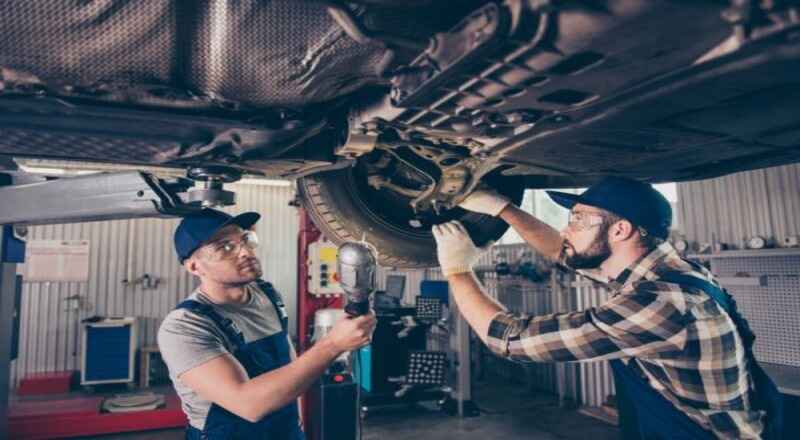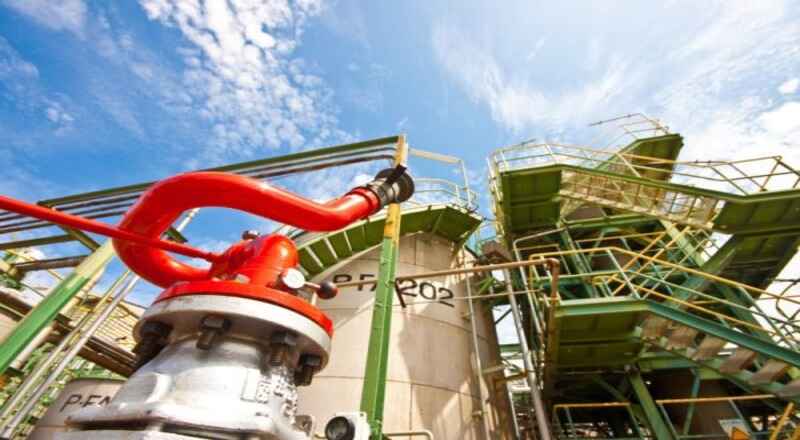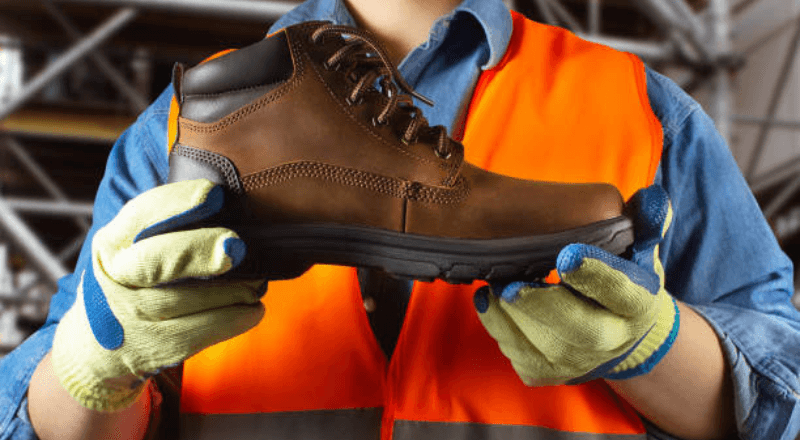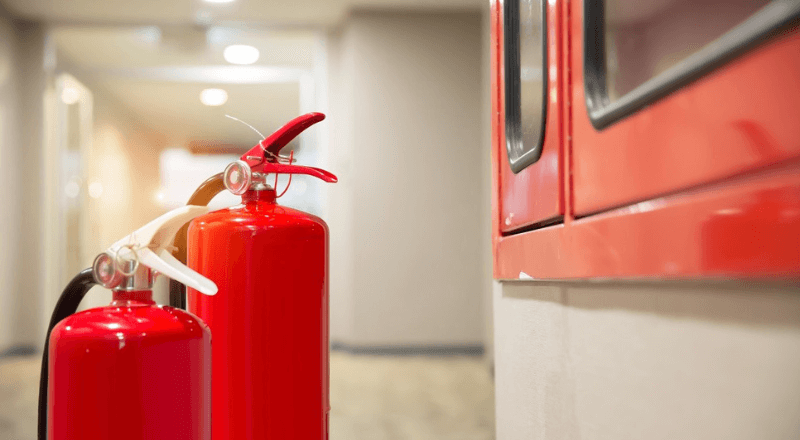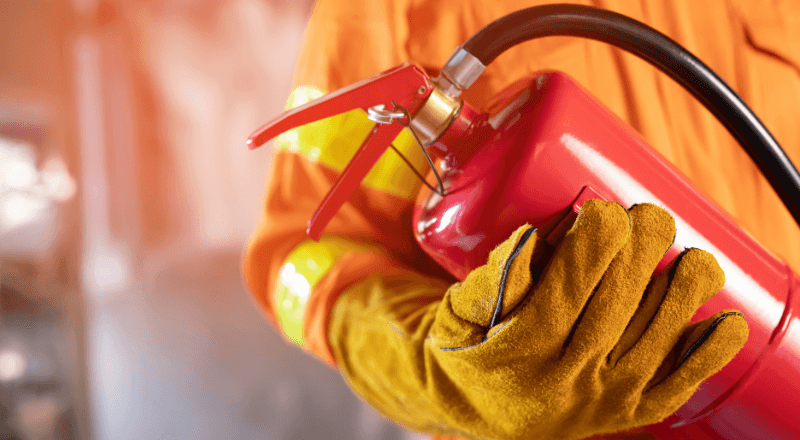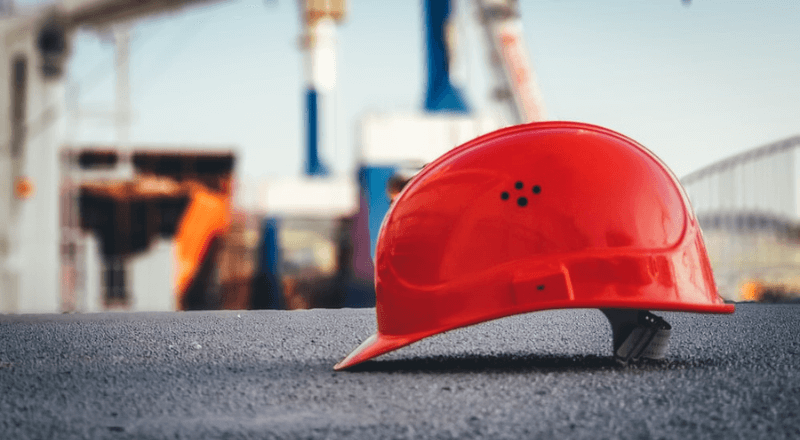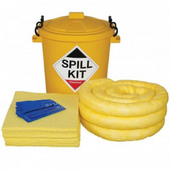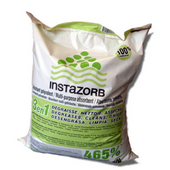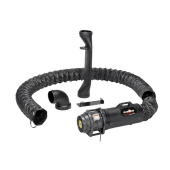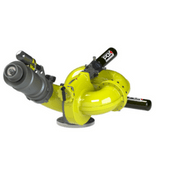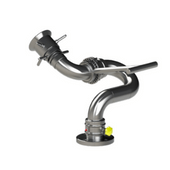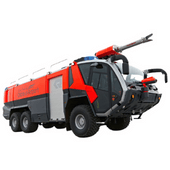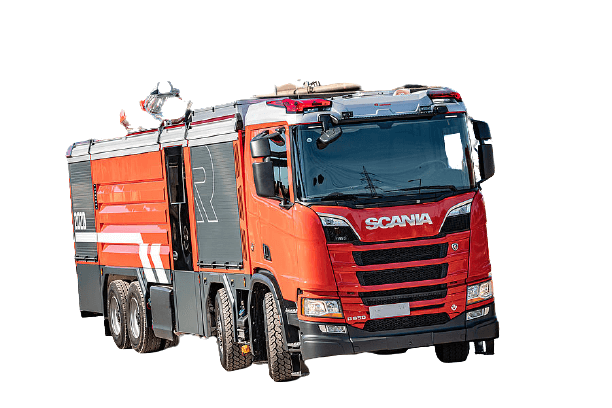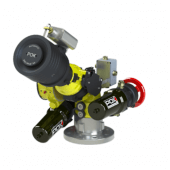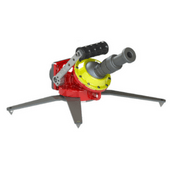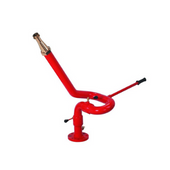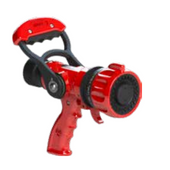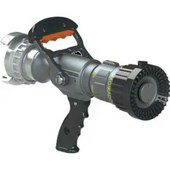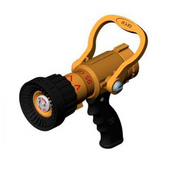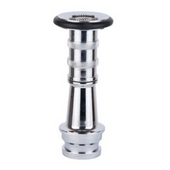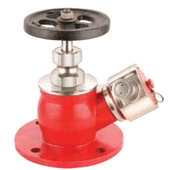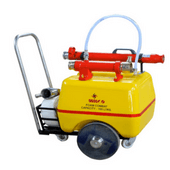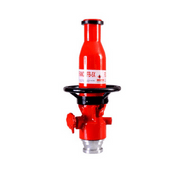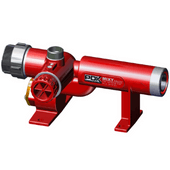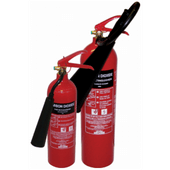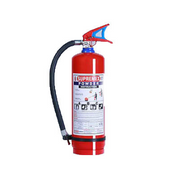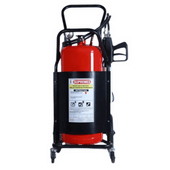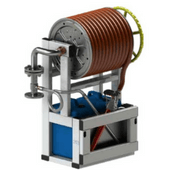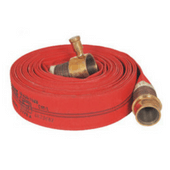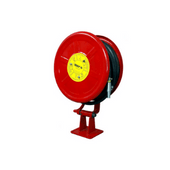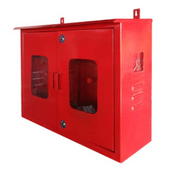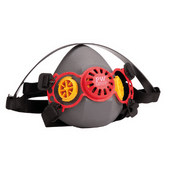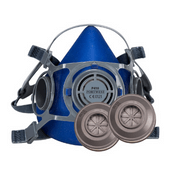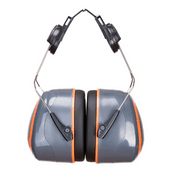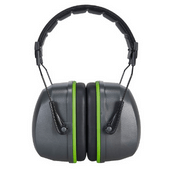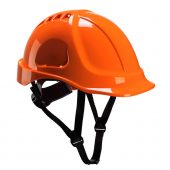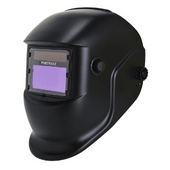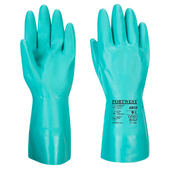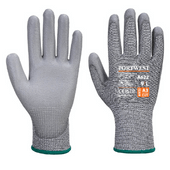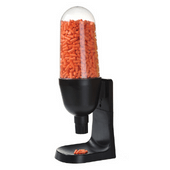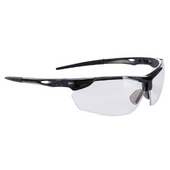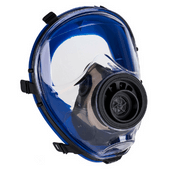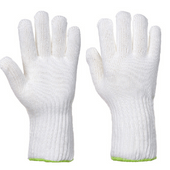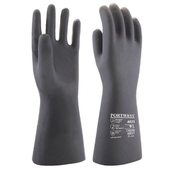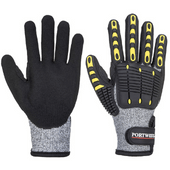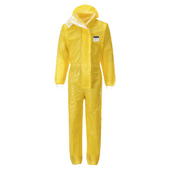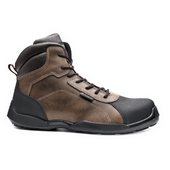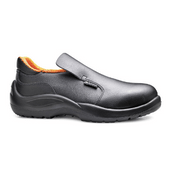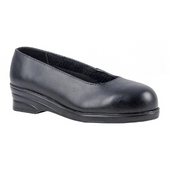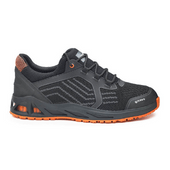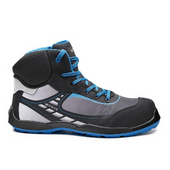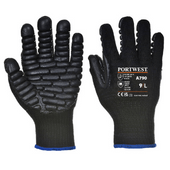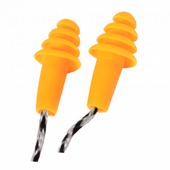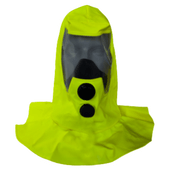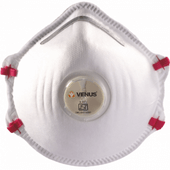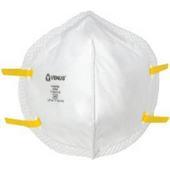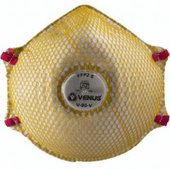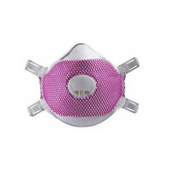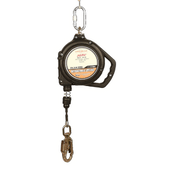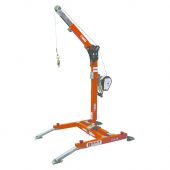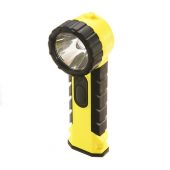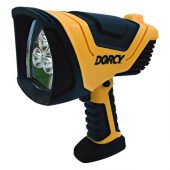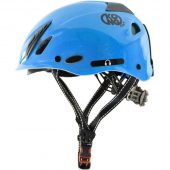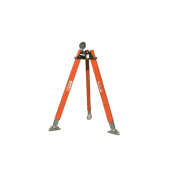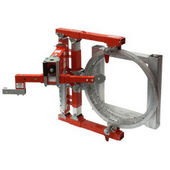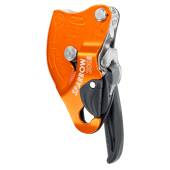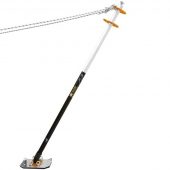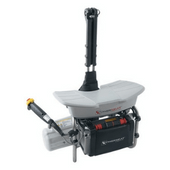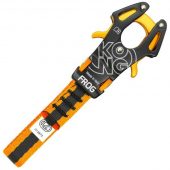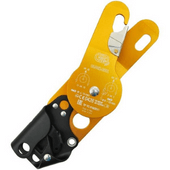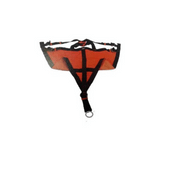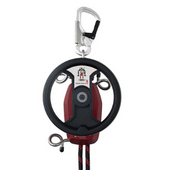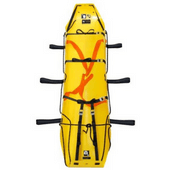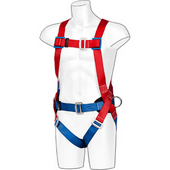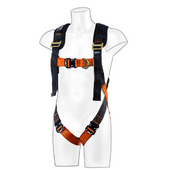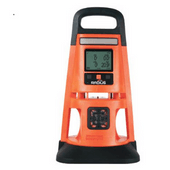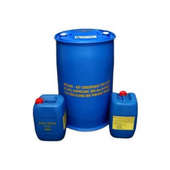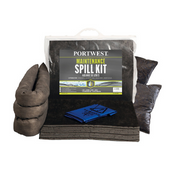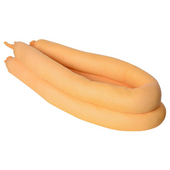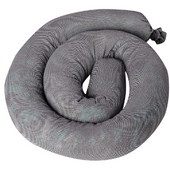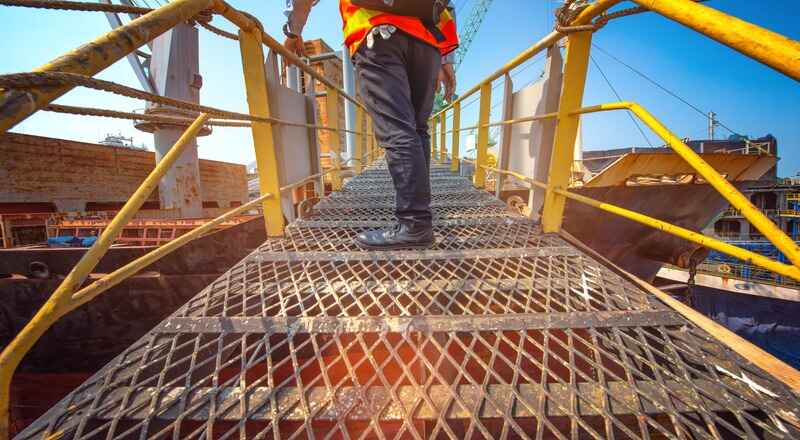
Buy Safety Shoes Online? How to choose the right code-compliant safety shoe
Industrial safety shoes play a crucial role in protecting workers’ feet from various occupational hazards. Buying safety shoes online can offer several benefits compared to purchasing them through safety equipment’s stores near you. But the real challenge is to ensure that they are code compliant safety shoes. Let us explain in detail.
Advantages of buying safety shoes online:
Wider Selection: Online stores typically offer a larger variety of safety shoe options compared to physical stores. You can find different styles, brands, sizes, and features, giving you a better chance of finding the perfect safety shoes that meet your specific needs and preferences.
Detailed Product Information: Online stores usually provide comprehensive product descriptions and specifications for safety shoes. This information allows you to understand the features and benefits of each shoe, making it easier to find the right fit for your work environment.
Convenience: Online shopping allows you to buy safety shoes from the comfort of your home or office. There’s no need to travel to different stores, saving you time and effort. You can browse through various options at any time of the day, making it convenient for those with busy schedules.
Price Comparison: Online shopping enables you to compare prices across multiple websites quickly. This helps you find the best deals and discounts on safety shoes, potentially saving you money compared to buying from physical stores.
Reviews and Ratings: Online platforms often have customer reviews and ratings for the products they sell. Reading these reviews can provide valuable insights into the quality, comfort, and durability of the safety shoes you’re interested in, helping you make an informed decision.
Easy Returns and Exchanges: Reputable online retailers including us often have straightforward return and exchange policies. If the safety shoes you receive don’t fit well or meet your expectations, you can typically return or exchange them without much hassle.
24/7 Availability: Online stores are accessible 24/7, so you can shop for safety shoes at your convenience, even during non-business hours.
Reduced Pressure to Buy: In physical stores, sales staff may try to influence your purchase decisions. Online shopping eliminates this pressure, allowing you to make choices at your own pace without feeling rushed.
Sales and Promotions: Online retailers frequently offer sales, promotions, and special deals, which can help you get high-quality safety shoes at a discounted price.
Despite these benefits, it’s essential to ensure you are purchasing from a reputable online store to avoid potential issues with product quality, authenticity, or shipping. We, Safety Product Finder, are ranked as one of the best places to buy Safety Shoes online and sells code compliant safety shoes only which are carefully selected by our inhouse technical team. Click here to visit our safety shoe pages.
Why Code Compliant Safety Shoes?
It is essential for safety shoes bought online to be code compliant with Indian or EN (European) standards because compliance ensures that the shoes meet specific safety requirements and have undergone testing to verify their effectiveness. Here are the reasons why compliance matters:
Worker Safety: Safety shoes are designed to protect workers’ feet from various hazards in the workplace, such as falling objects, sharp objects, slippery surfaces, electrical hazards, and more. Code-compliant safety shoes are tested and proven to provide adequate protection, reducing the risk of workplace injuries.
Legal Compliance: Many countries have regulations and standards in place that mandate the use of certified safety shoes in certain work environments. For example, in India, the Bureau of Indian Standards (BIS) sets the standards for safety footwear. Employers have a legal obligation to provide appropriate safety gear to their employees, and workers should wear safety shoes that comply with these standards.
Quality Assurance: Compliance with recognized standards ensures that safety shoes meet minimum quality and performance criteria. Manufacturers must adhere to specific requirements, including the use of appropriate materials, construction methods, and safety features. This leads to more reliable and durable safety footwear.
Workplace Requirements: Some industries and specific job roles have unique safety requirements. Code-compliant safety shoes are designed to cater to these specific needs. For instance, a construction worker may need safety shoes with reinforced toes, while an electrician requires shoes that provide electrical insulation.
Certification and Markings: Code-compliant safety shoes bear specific markings or labels indicating their compliance with the relevant standards. These markings help workers, employers, and safety officers easily identify and verify that the footwear meets the necessary safety requirements.
Insurance and Liability: In case of workplace accidents or injuries, insurance companies may investigate whether appropriate safety measures were in place. Code-compliant safety shoes demonstrate that the employer took necessary precautions to protect their employees, potentially reducing liability issues.
Global Acceptance: If you work in an international or multinational company, having safety shoes compliant with EN standards can be beneficial as it is widely recognized and accepted across many countries in Europe.
When purchasing safety shoes online, always check the product descriptions and specifications to ensure they comply with the relevant Indian or EN standards. Look for official certifications and markings, as these indicate that the shoes have undergone proper testing and meet the necessary safety criteria. Investing in high-quality, code-compliant safety shoes helps create a safer work environment and protects the well-being of workers.
What to check in a Safety Shoe before you buy?
Before buying safety shoes, it’s essential to check for specific markings and certifications that indicate compliance with safety standards. Here are some key markings to look for:
Safety Standards Certification Markings: In India, safety shoes should bear the ISI mark (Indian Standards Institution) or the EN. These markings indicate that the shoes comply with the relevant Indian safety standards such as IS 15298 (Part 2):2016 or European Standard EN ISO 20345:2011. Some reputed companies manufacture shoes which comply with both ISI and EN certification such as Jet 3 and Jumper from Deltaplus.
CE Marking: For safety shoes intended for use in the European market, look for the CE marking. The CE marking signifies that the shoes meet the essential health and safety requirements set by the European Union, as specified in the EN ISO 20345 (for basic safety) or EN ISO 20349 (for additional safety) standards.
Year and Month of Manufacturing: Generally, this information can be found inside the shoe, often imprinted or embossed on the shoe’s tongue, insole, or on the inner side of the shoe collar. The markings are usually in the form of numbers and/or letters that indicate the date of production. If you’re having trouble locating the manufacturing date, refer to the shoe’s packaging, tags, or the manufacturer’s documentation, as this information might also be provided there. Keep in mind that the date of manufacturing is essential, especially when buying safety shoes online, as it gives you an idea of how old the shoes are and how long they might be expected to last before needing replacement. For optimal performance and safety, it’s generally recommended to replace safety shoes every 6 to 12 months, depending on usage and wear.
Safety Toe Cap Markings: Safety shoes with toe protection will have markings indicating the type of toe cap they have. Common toe cap markings include:
SB: Basic safety with a 200-joule impact-resistant toe cap (EN ISO 20345).
S1: SB + Closed heel area, antistatic properties, and energy absorption in the heel (EN ISO 20345).
S1P: S1 + Penetration-resistant midsole (EN ISO 20345).
S2: S1 + Water-resistant upper material (EN ISO 20345).
S3: S2 + Penetration-resistant midsole (EN ISO 20345).
Antistatic Properties: Shoes designed to dissipate static electricity may be marked with “A” (antistatic) or “ESD” (Electrostatic Dissipative).
Puncture Resistance: Puncture-resistant safety shoes will have a marking indicating they meet the requirements for puncture resistance, such as “P” or “PR.”
Electrical Hazard (EH): If the shoes provide electrical hazard protection, they may be marked with “EH” or “EHI.”
Metatarsal Protection: Some safety shoes have additional metatarsal protection. Look for “M” or “Mt” markings.
Heat Resistance: Shoes designed to resist heat may be marked with “HRO.”
Slip Resistance: While not a standardized marking, some manufacturers indicate slip resistance ratings on their shoes, such as “SRC” (meets the highest slip resistance requirements). Jet 3 and Jumper shoes both have SRC markings.
Chemical Resistance: Shoes with chemical resistance may have specific markings related to the types of chemicals they can withstand.
Read our article “Safety Shoes IS Code – What To Look For When Buying Safety Shoes” to know more about standard requirements for safety shoes.
Always refer to the product descriptions and specifications provided by the manufacturer or seller to ensure that the safety shoes meet the necessary standards and have the required safety features for your specific work environment. If you have any doubts or questions, don’t hesitate to reach out to our customer care executive on Tel: 9742323160 or email: info@safetyproductfinder.com






